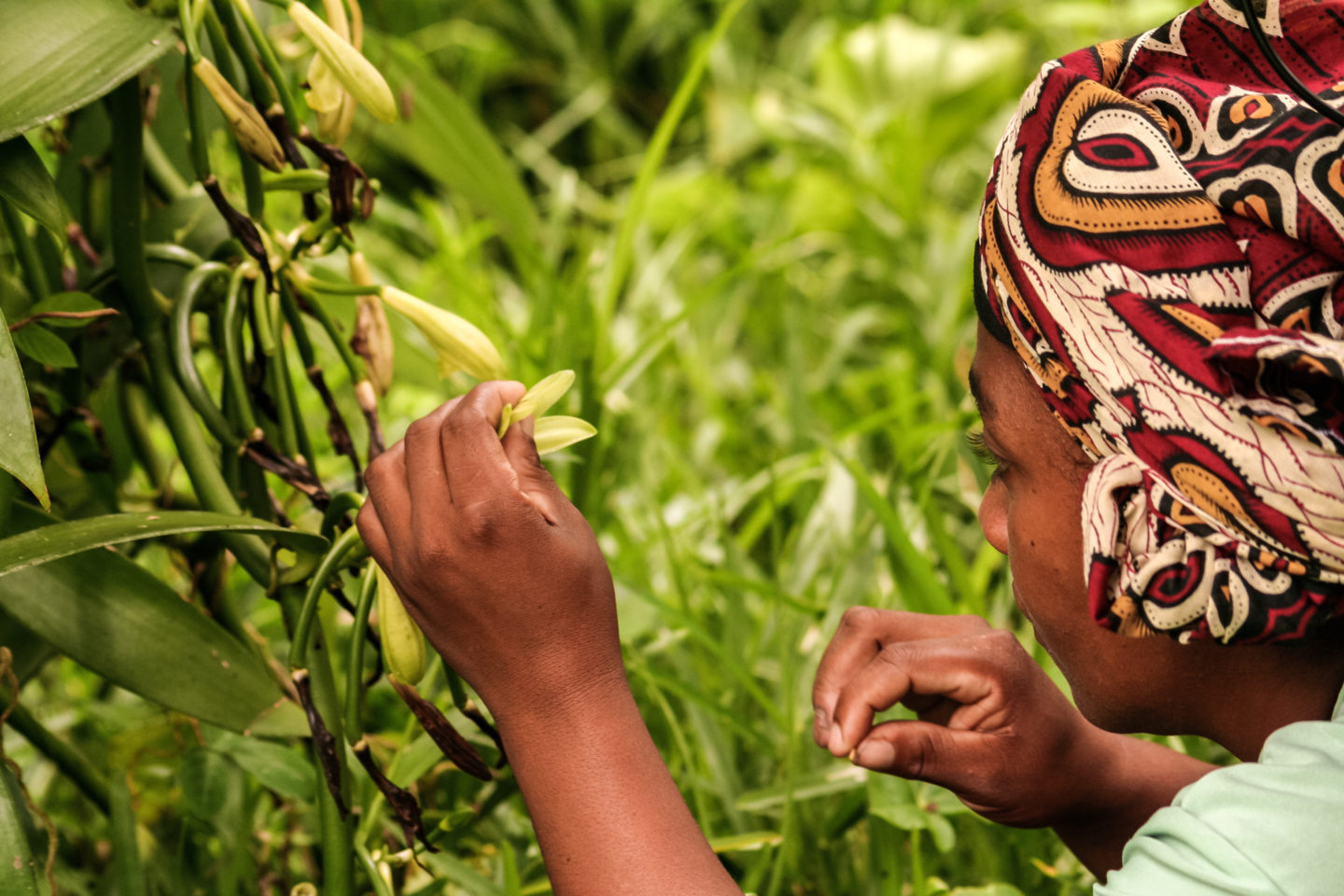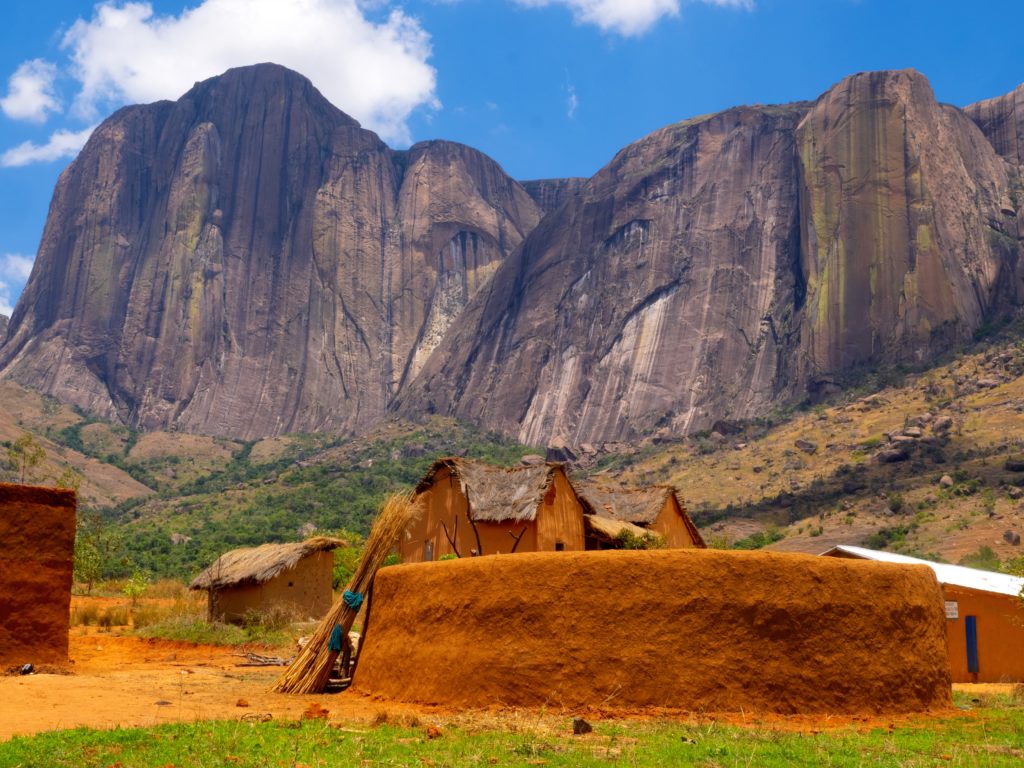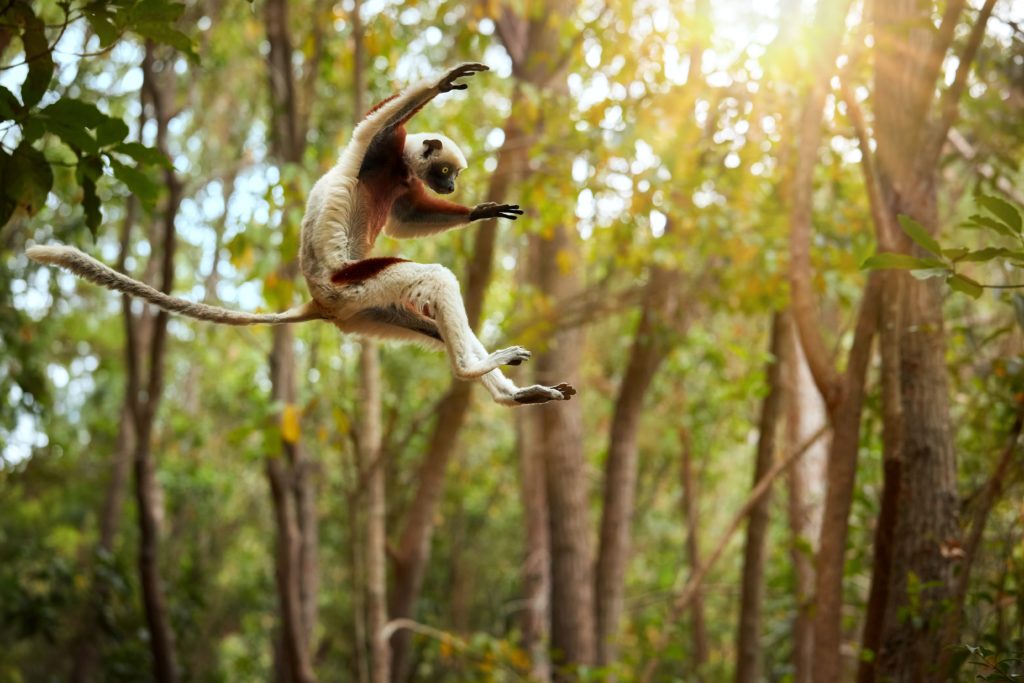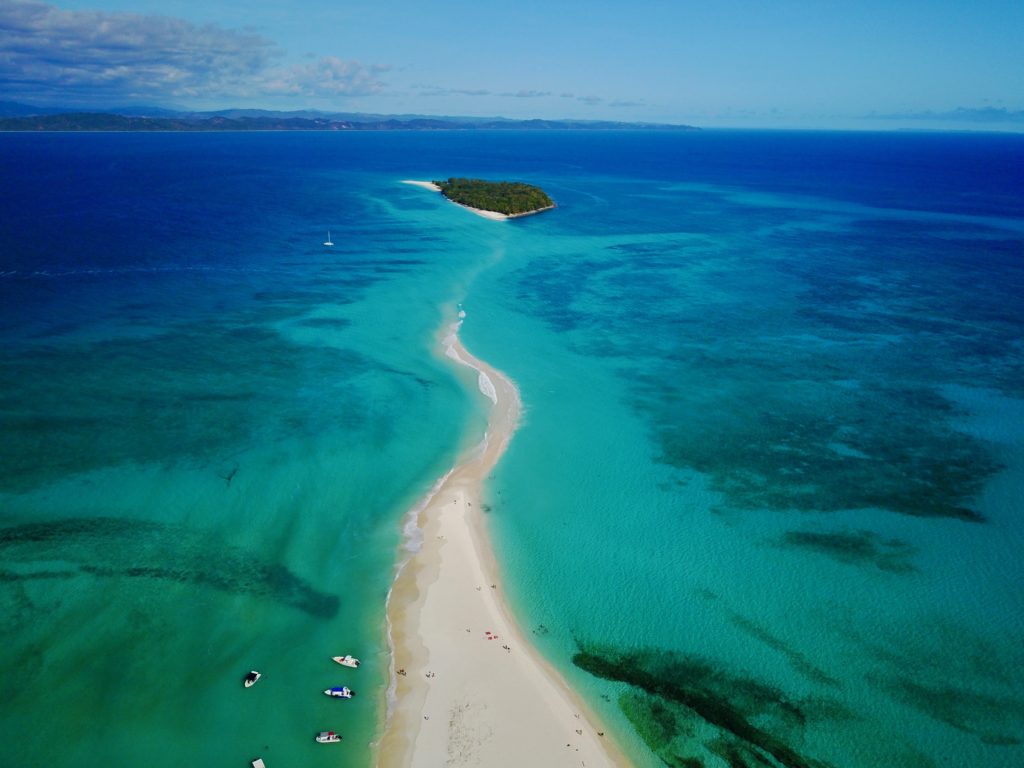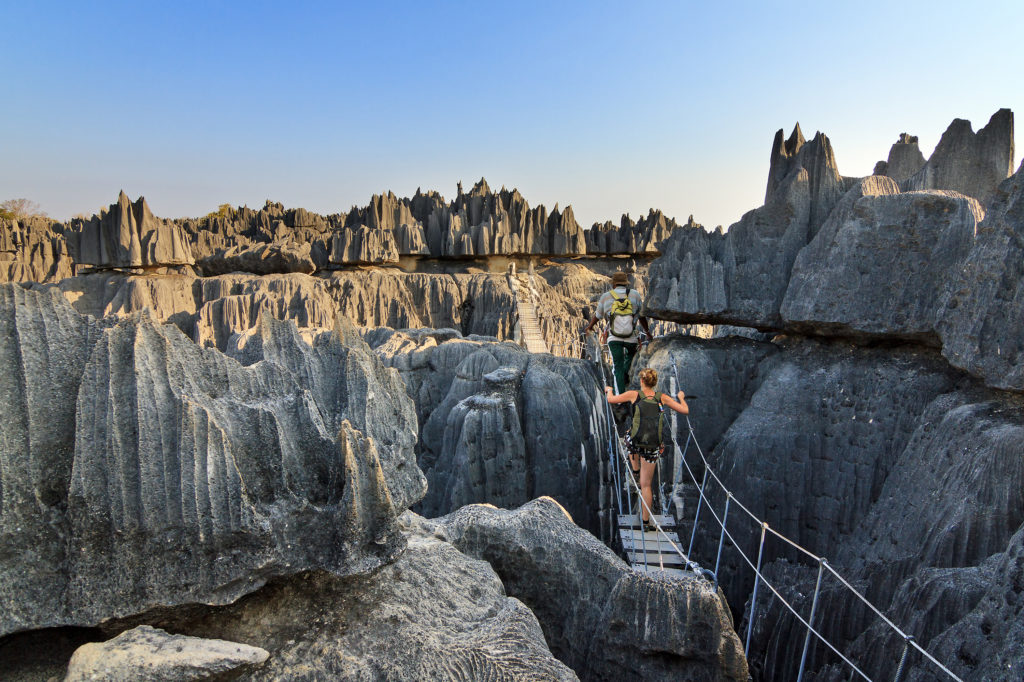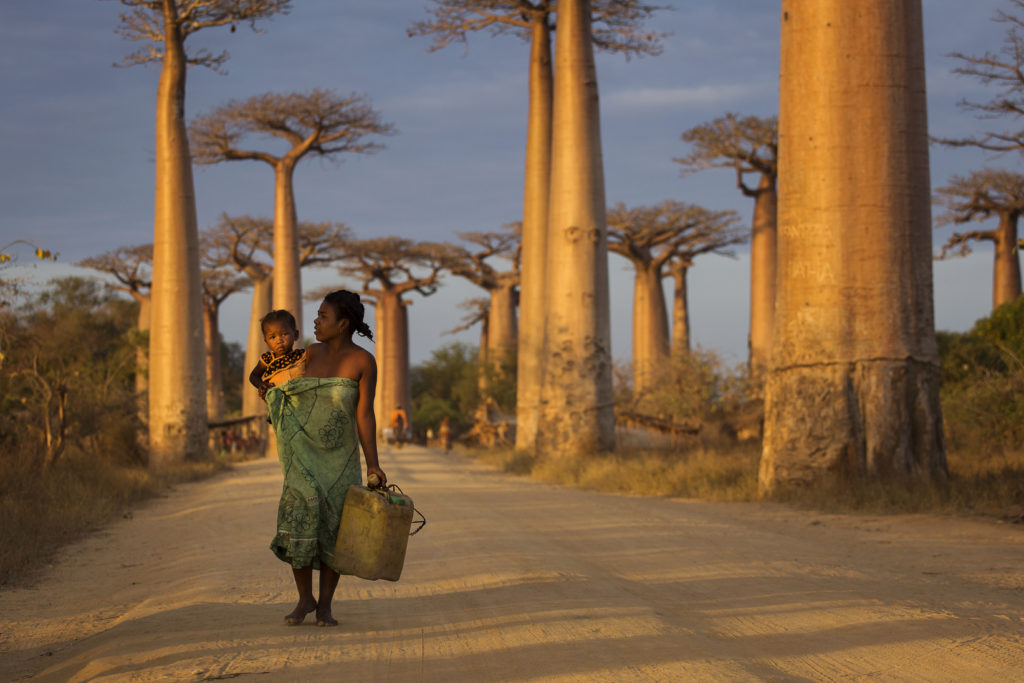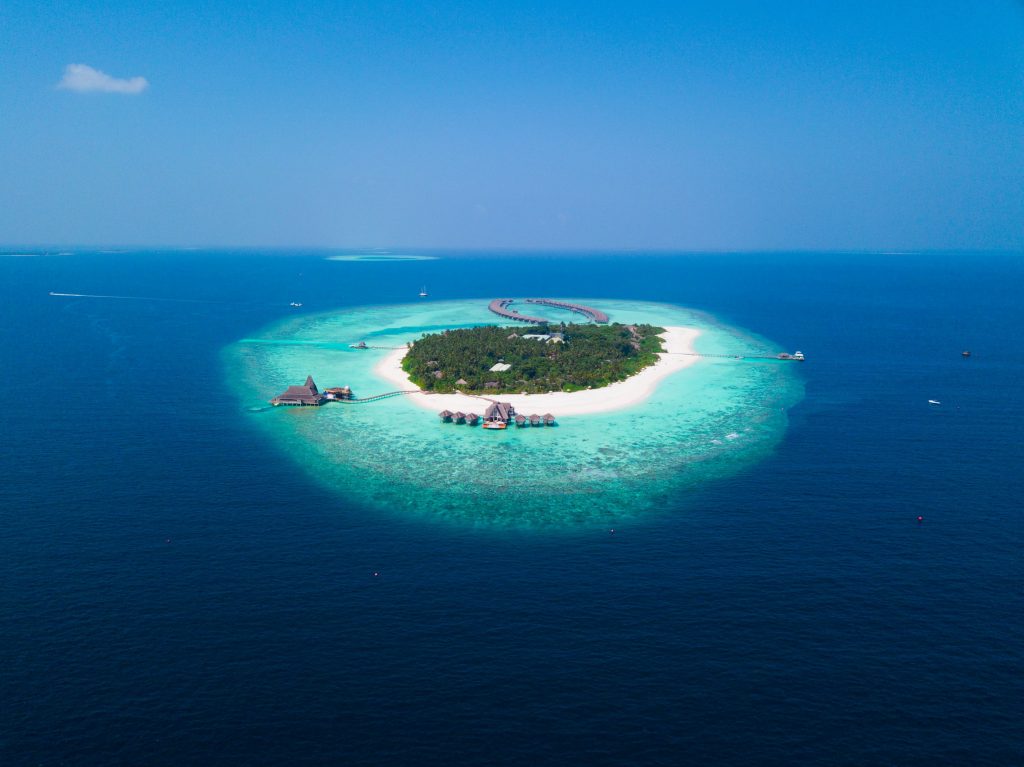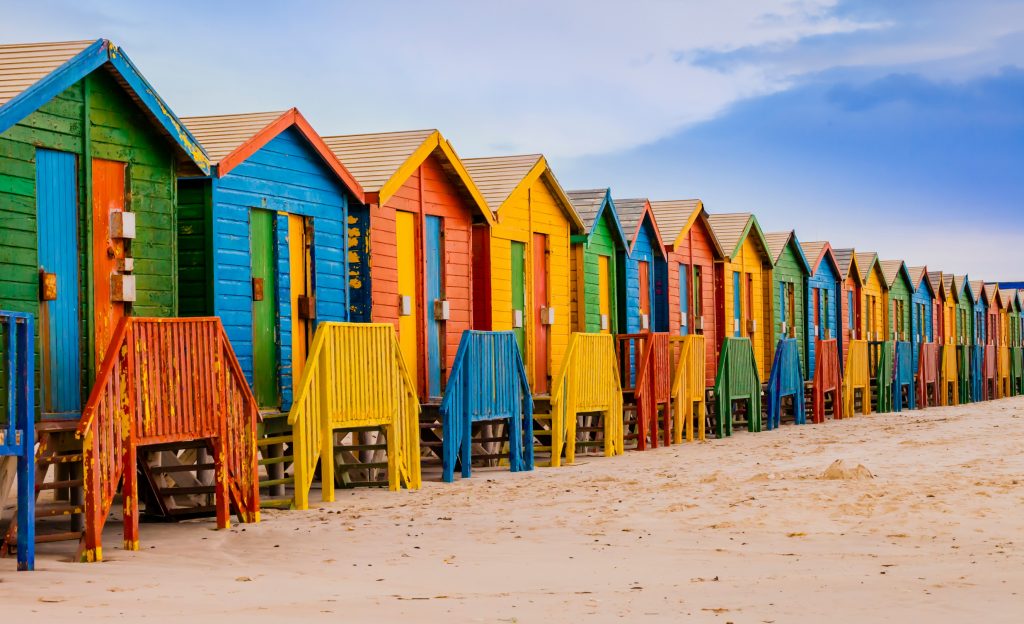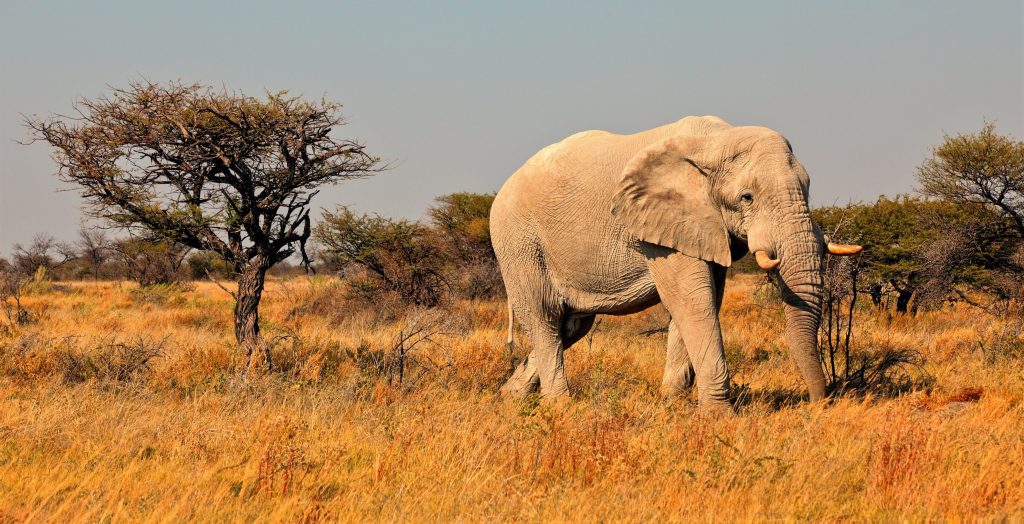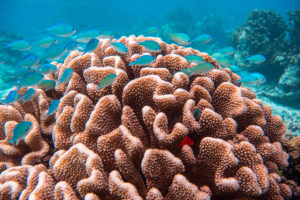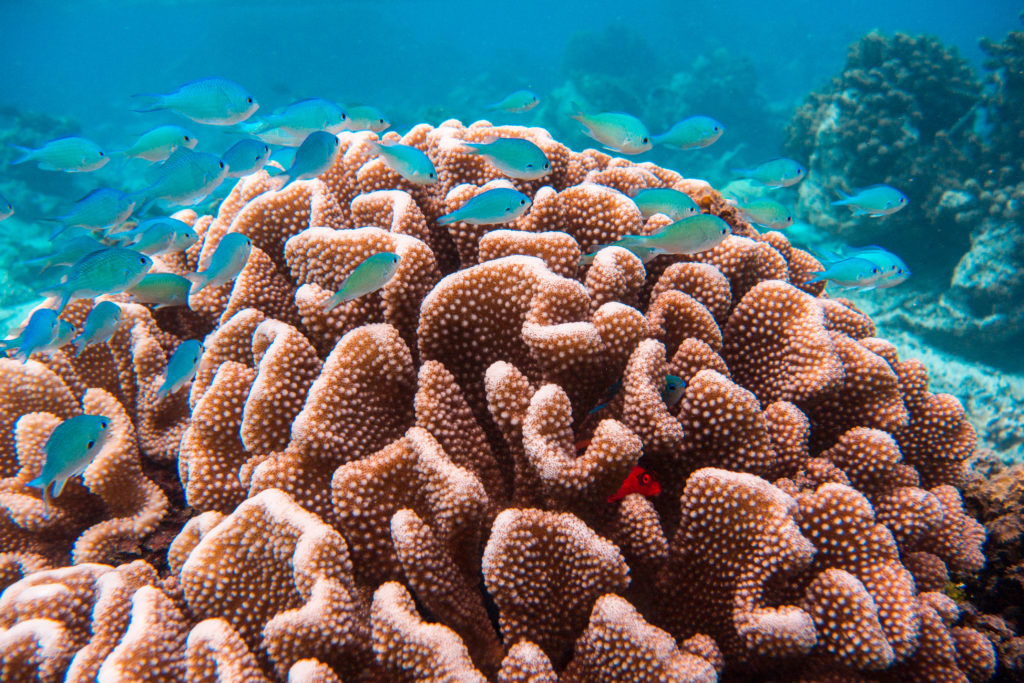Madagascar Fall in love with the land of the lemurs
Imagine an island isolated for so long that it has unique plants and animals, an island so big that it’s almost a mini-continent, an island called Madagascar. Among the verdant rainforests and outlandish landscapes are scores of species seen nowhere else on earth, such as lemurs – the unexpected stars of the eponymous animated film that put Madagascar on the travel map – chameleons and aye-ayes. Factor in 18 fascinating tribal cultures eager to tell you their story and, with Cosa, you’ll be wild about Madagascar.
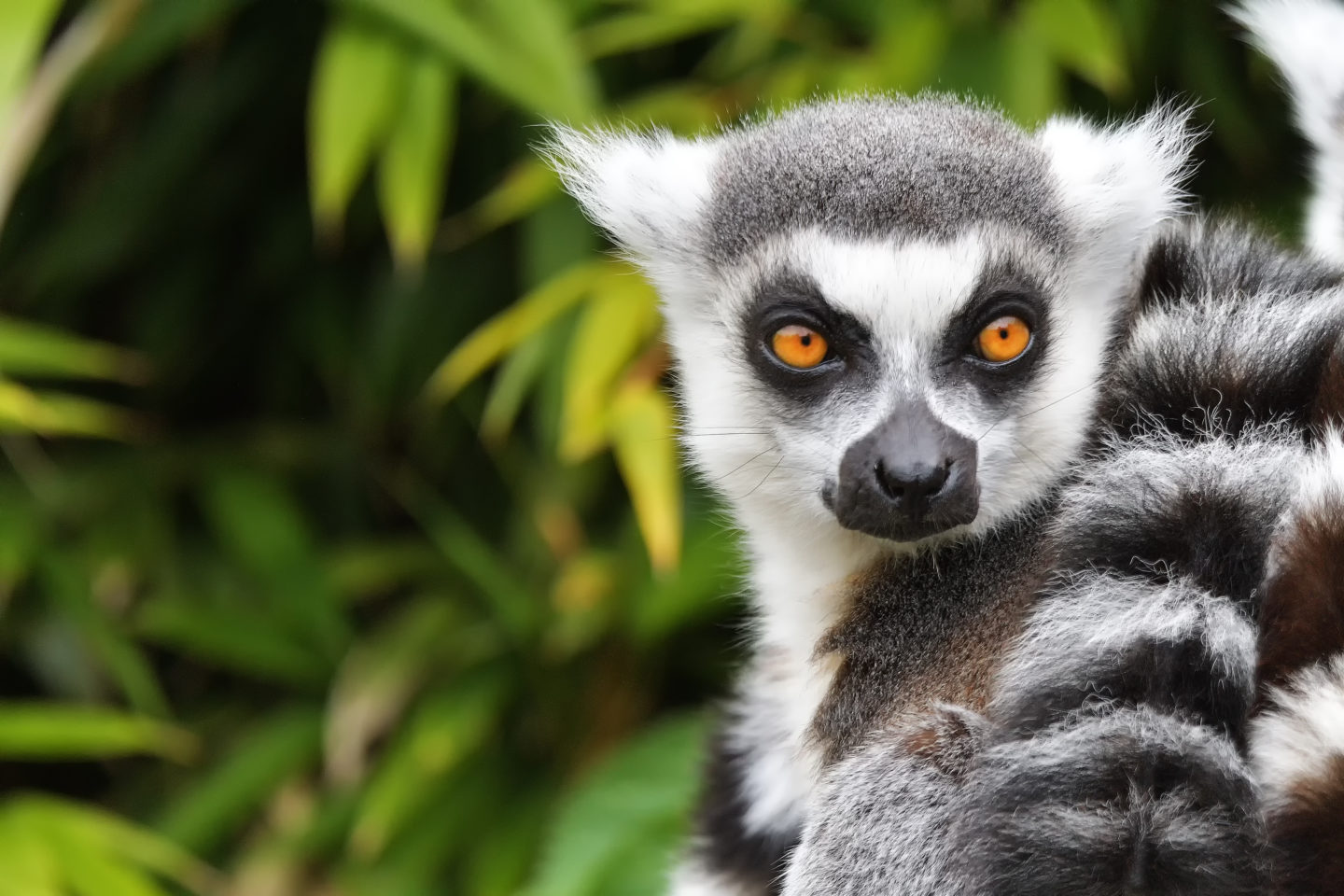

Where it is
Indian Ocean

When to go
May to October

Why go there
Captivating wildlife
Staggering landscapes
Vibrant culture

What to see
Nosy Be
Masoala
Tsingy de Bemaraha
A great mountain walk
While Madagascar is often associated with wildlife, mountain walks are another draw. Andringitra National Park has four named trails, with unforgettable walks led by expert guides.
A remote rainforest
Masoala National Park in the northwest is so remote it can only be reached by boat but nothing worthwhile is ever easy. Rare red-ruffed lemurs await those who make the intrepid journey.
A beach to remember
Luminescent waters, sugary sands and lush palms mean that Nosy Be (pronounced Noosh Beh) is Madagascar’s most popular beach resort, and with good reason.
An awesome natural wonder
The jagged limestone landscape of Tsingy de Bemaraha aptly translates as ‘where one cannot walk barefoot.’ Despite its eerie appearance, the park is home to 11 types of lemurs.
Travel in Madagascar
Madagascar is a massive country – 587,041 km² to be exact – so our top tip is don’t scrimp on time. Despite its vast size, Madagascar’s rail travel options are limited, meaning road is the best way to get around. And Cosa can arrange an expert private driver-guide to show you the very best of the world’s fourth largest island – from its lush rainforests to incredible animals. So let us create an unforgettable Madagascar trip for you.
Madagascar facts
Surrounded by the Indian Ocean, Madagascar was cast adrift from Africa around 165 million years ago, resulting in its unique wildlife and vegetation. This huge island isn’t home only to lemurs and orchids, but also over 26 million humans, known as Malagasies – and previously, one mad monarch. Back in the 19th century Queen Ranavalona I banned Christianity and authorised the slaughter of children born on unlucky days. No wonder Madagascar is now a republic, with its capital in Antananarivo.

Time zone
UTC +3

Flight time
10 hours from Switzerland

Local currency
Malagasy Ariary

Dialling code
+261












